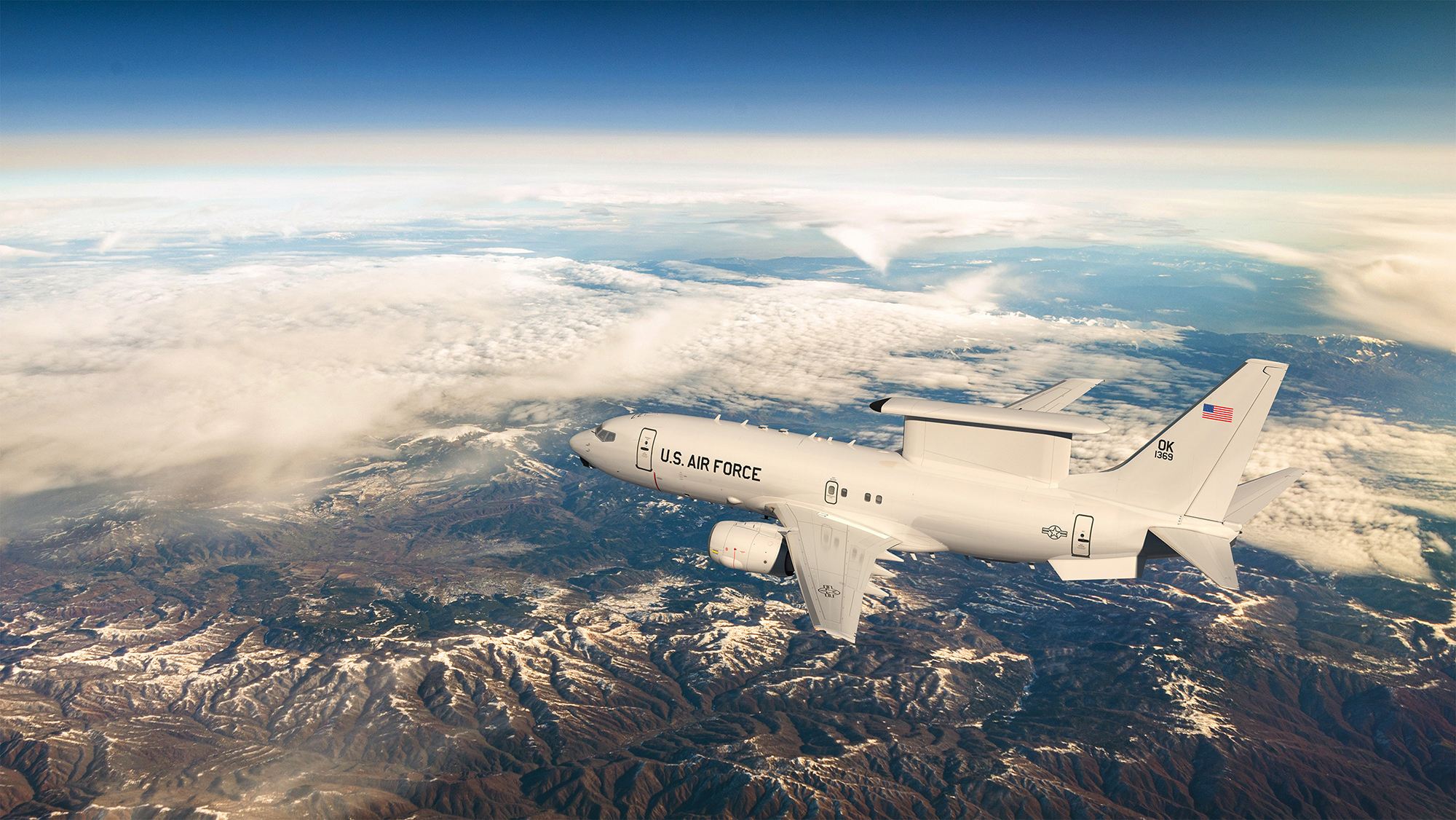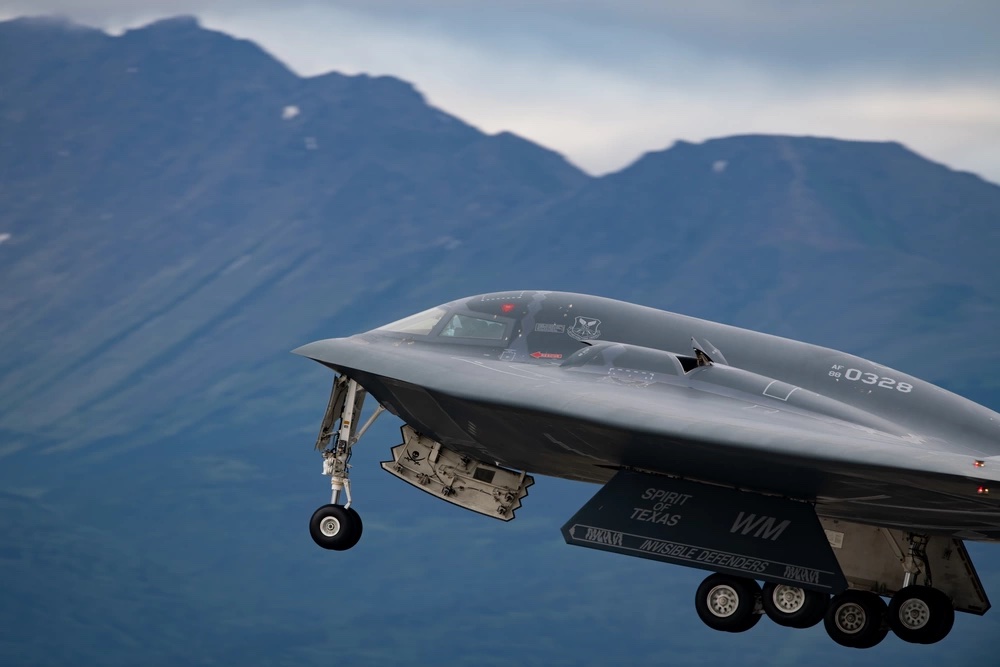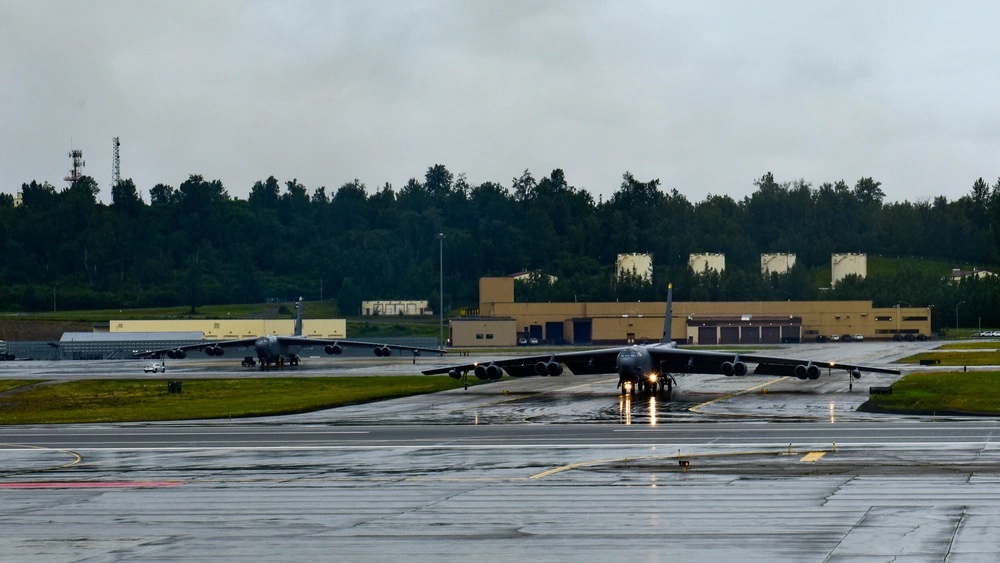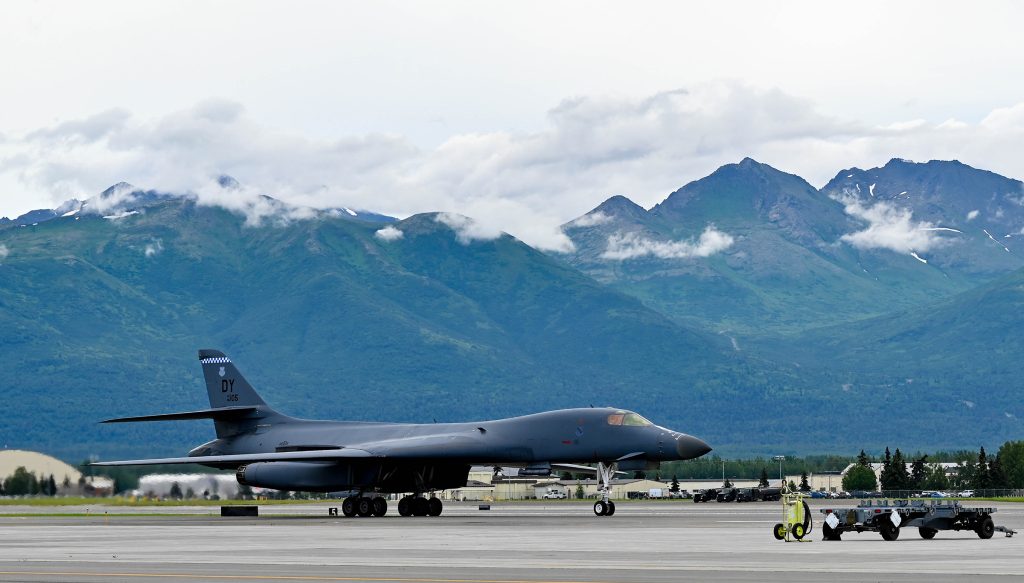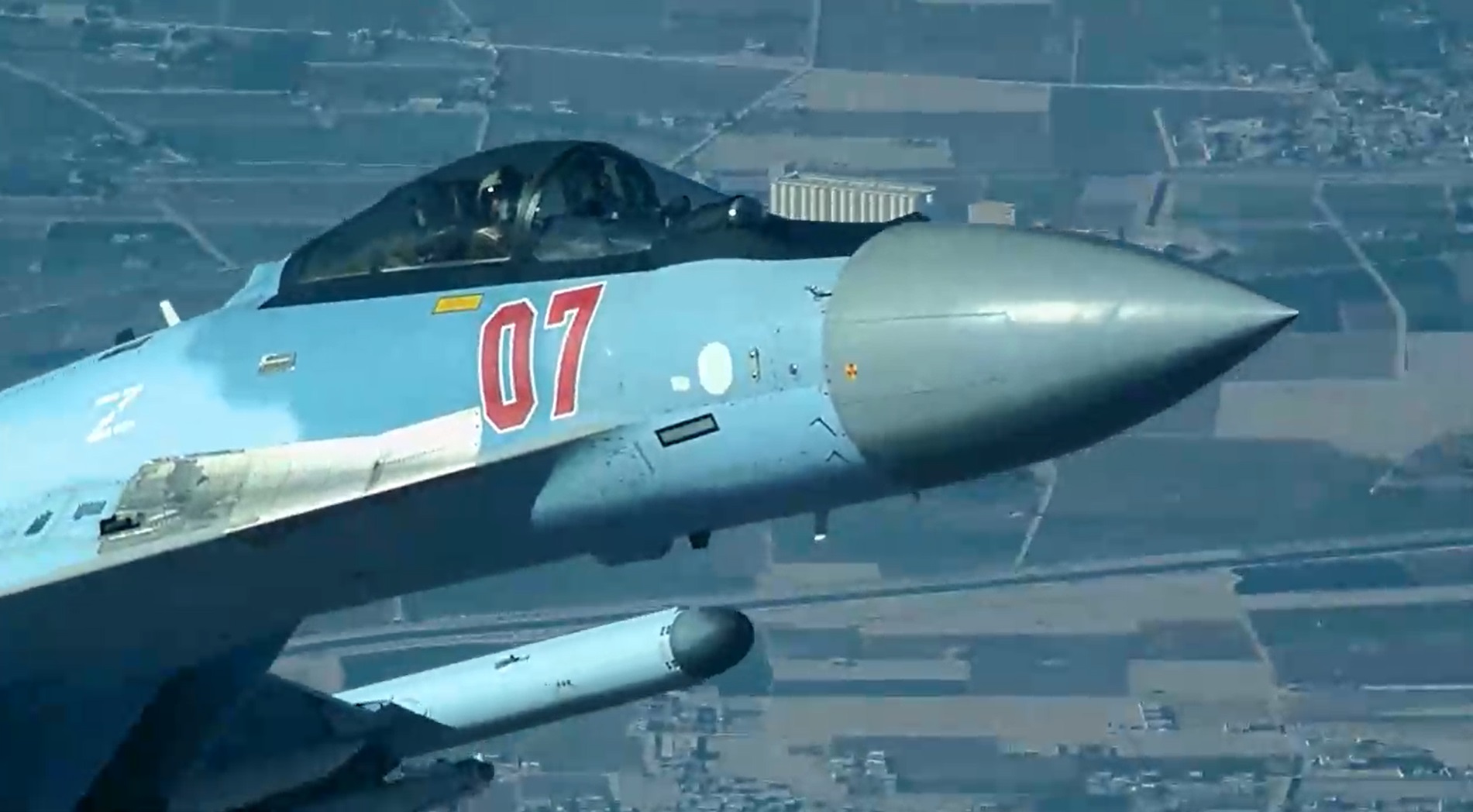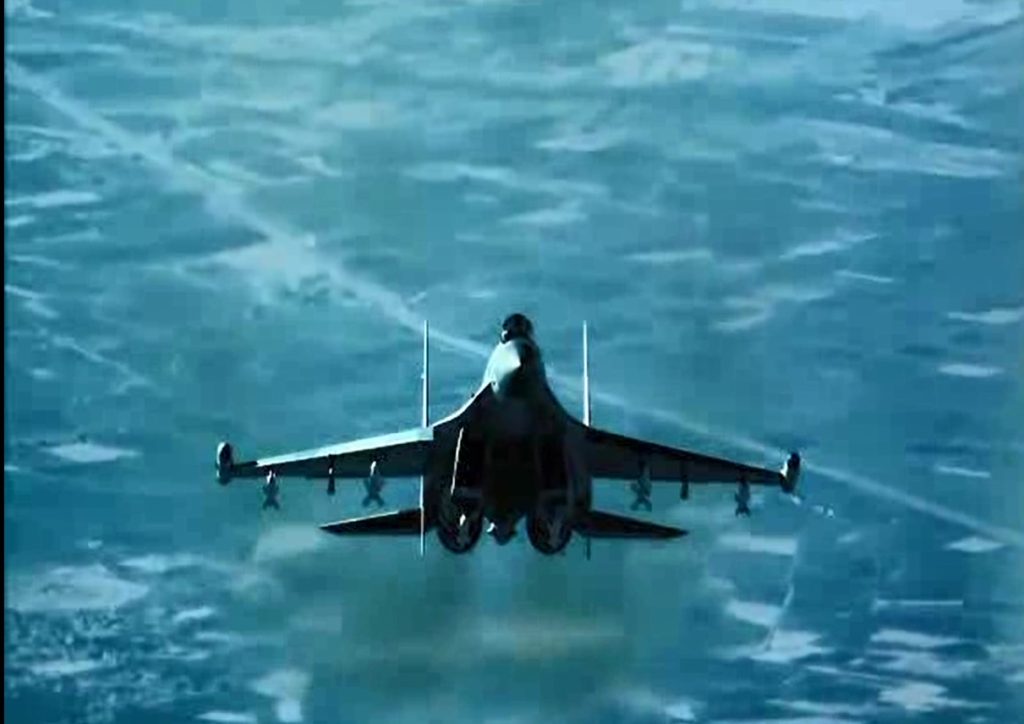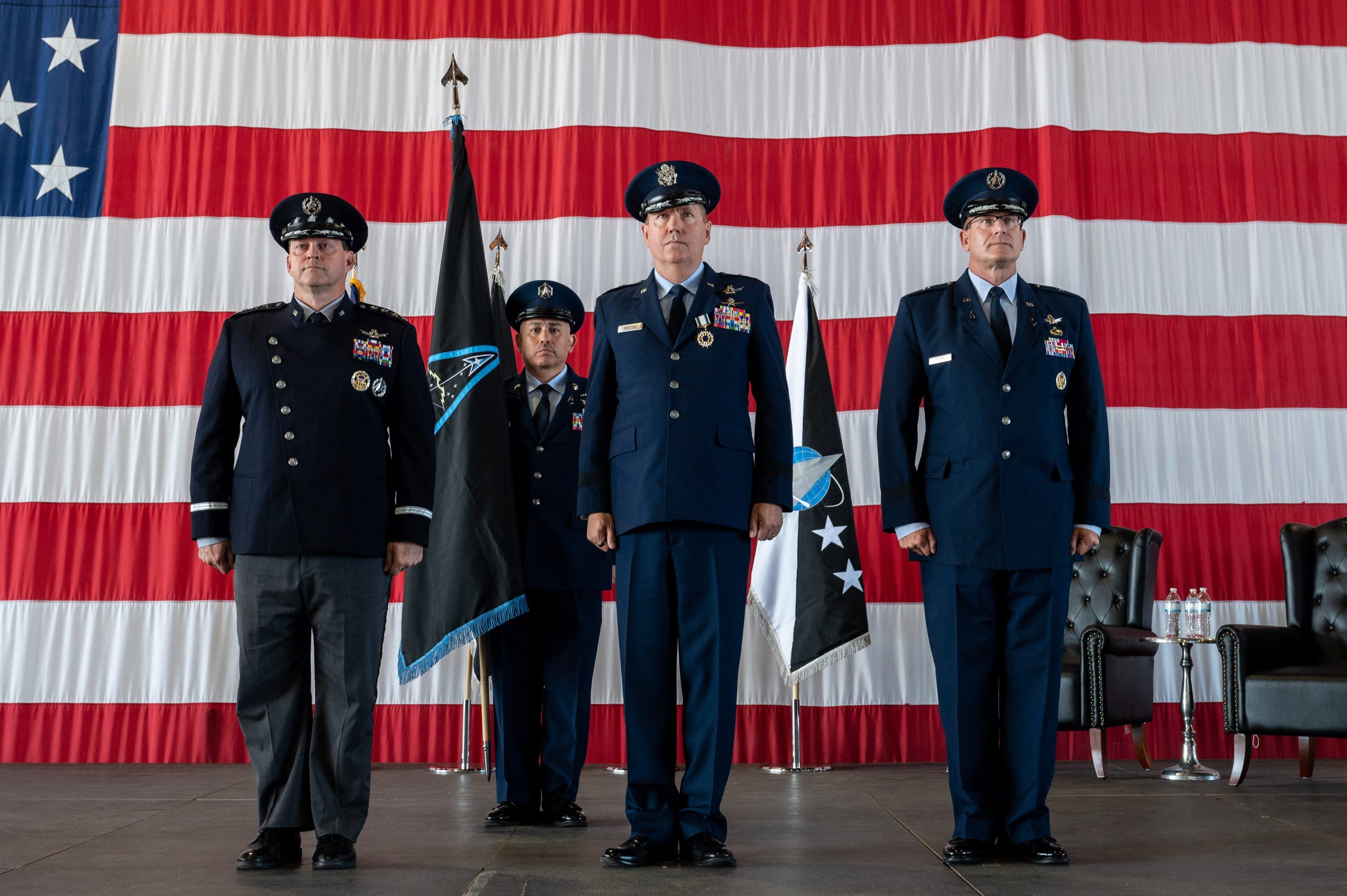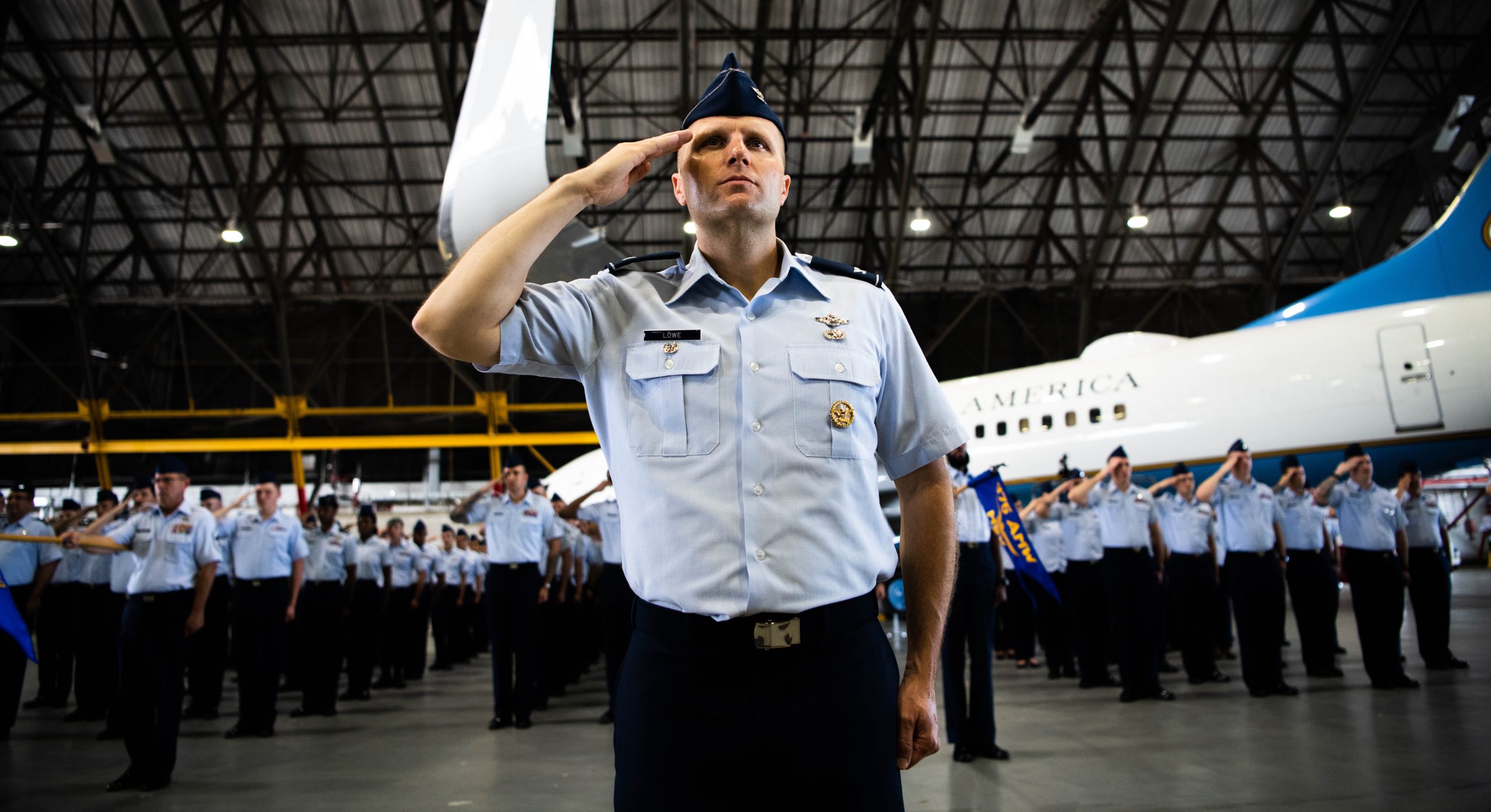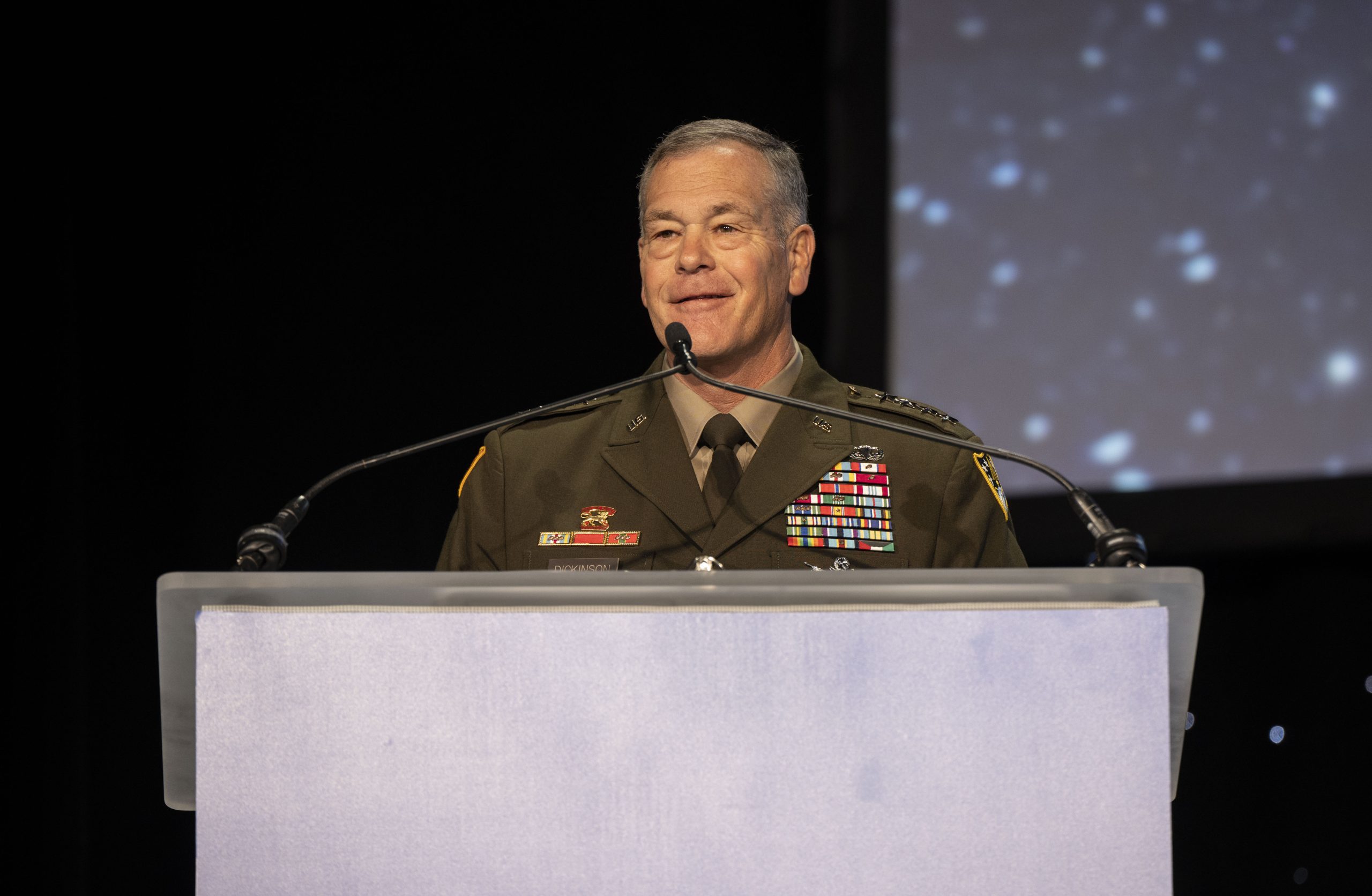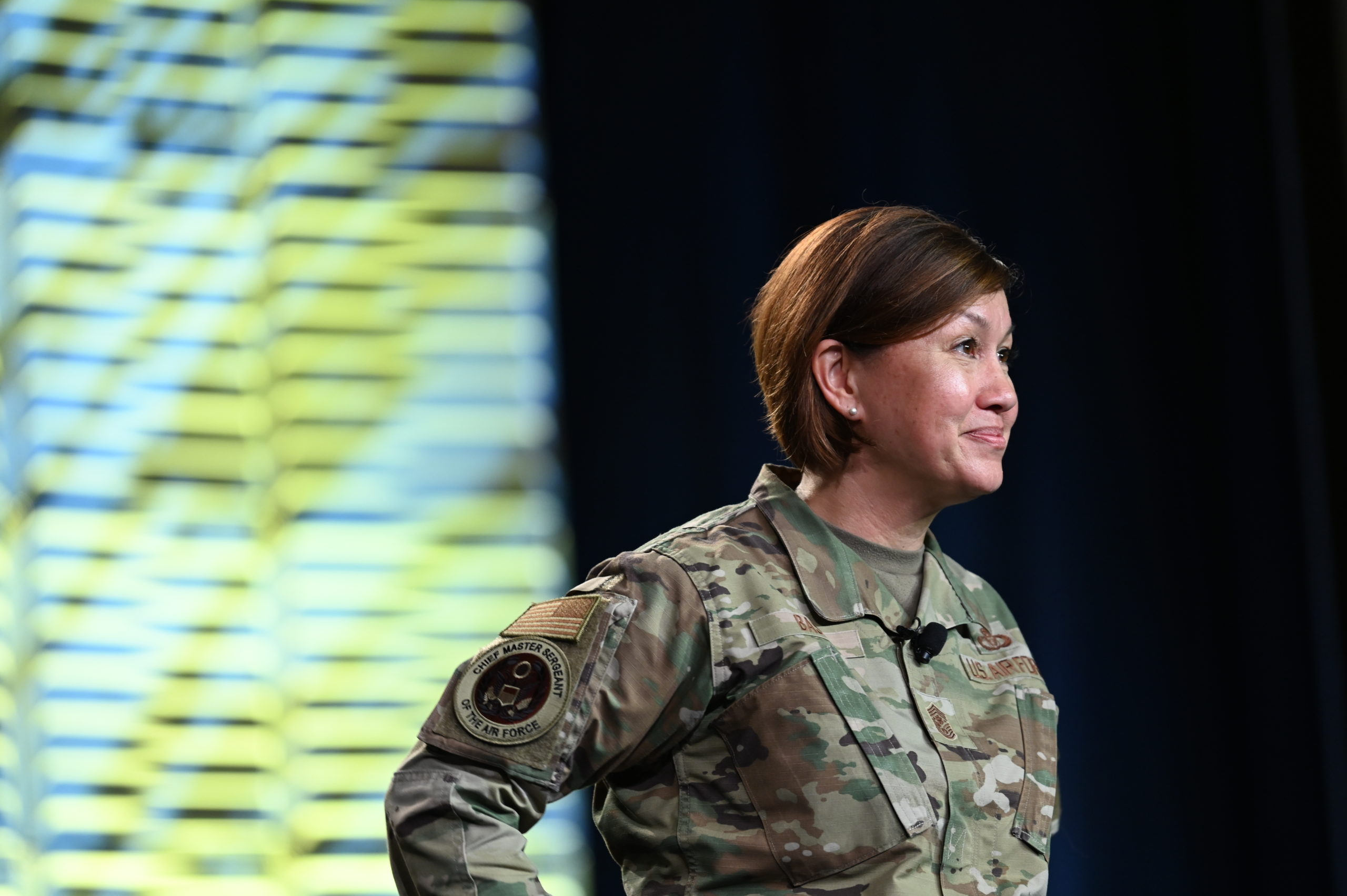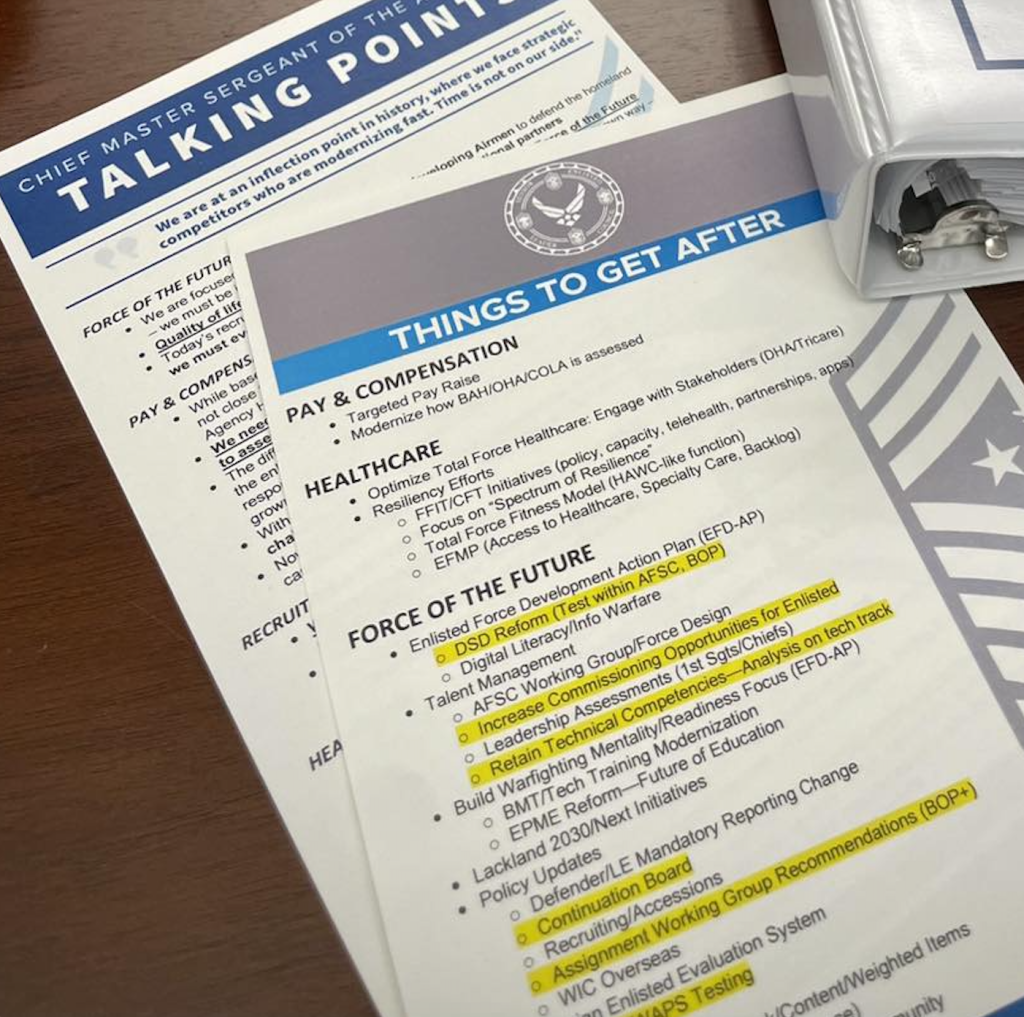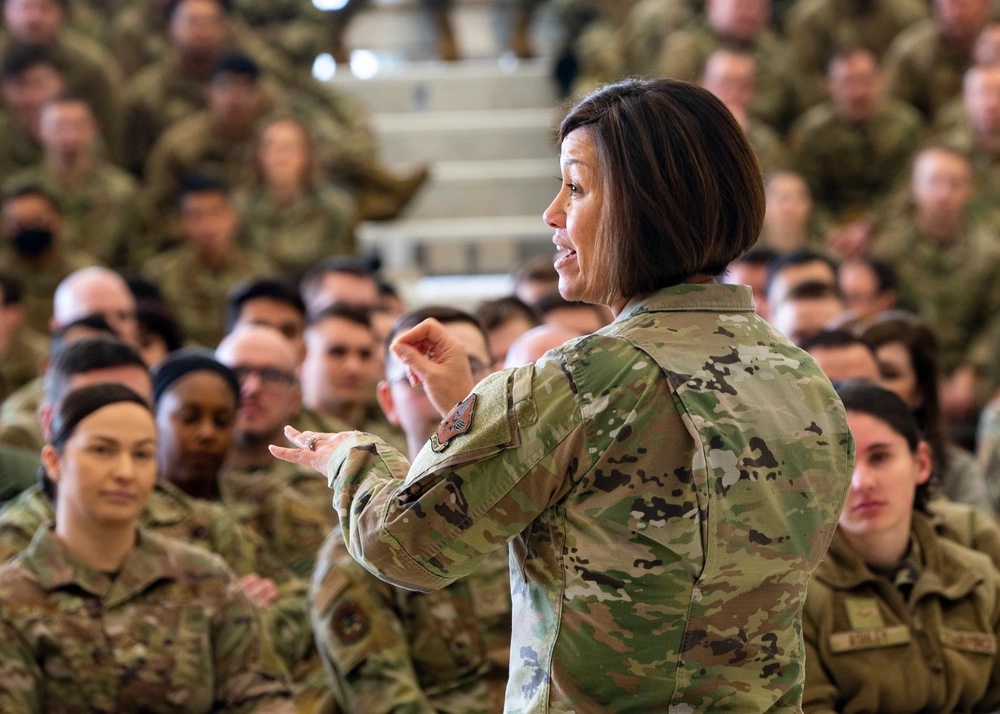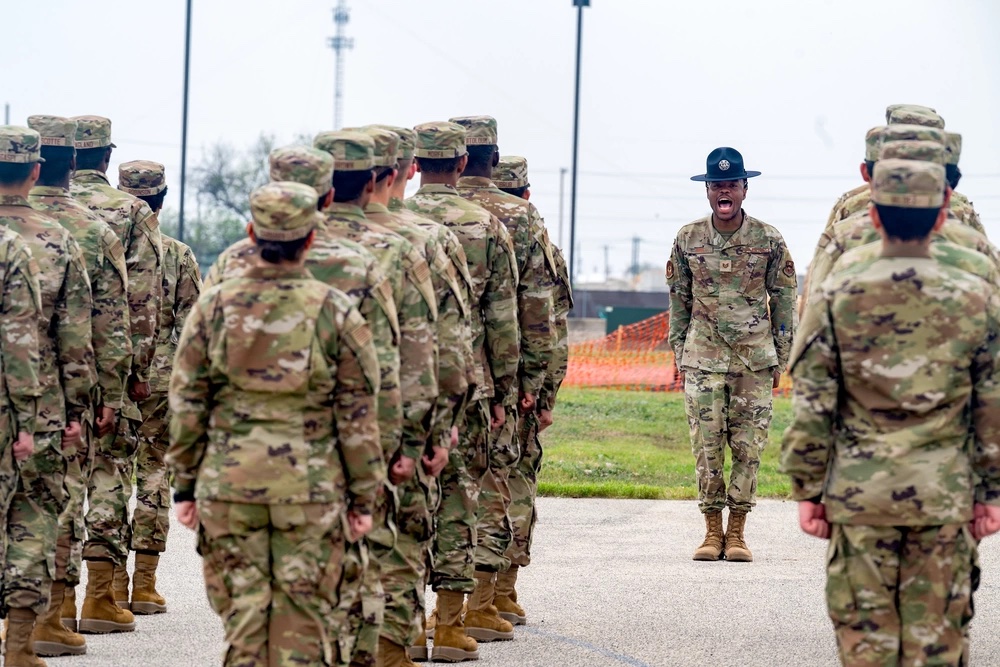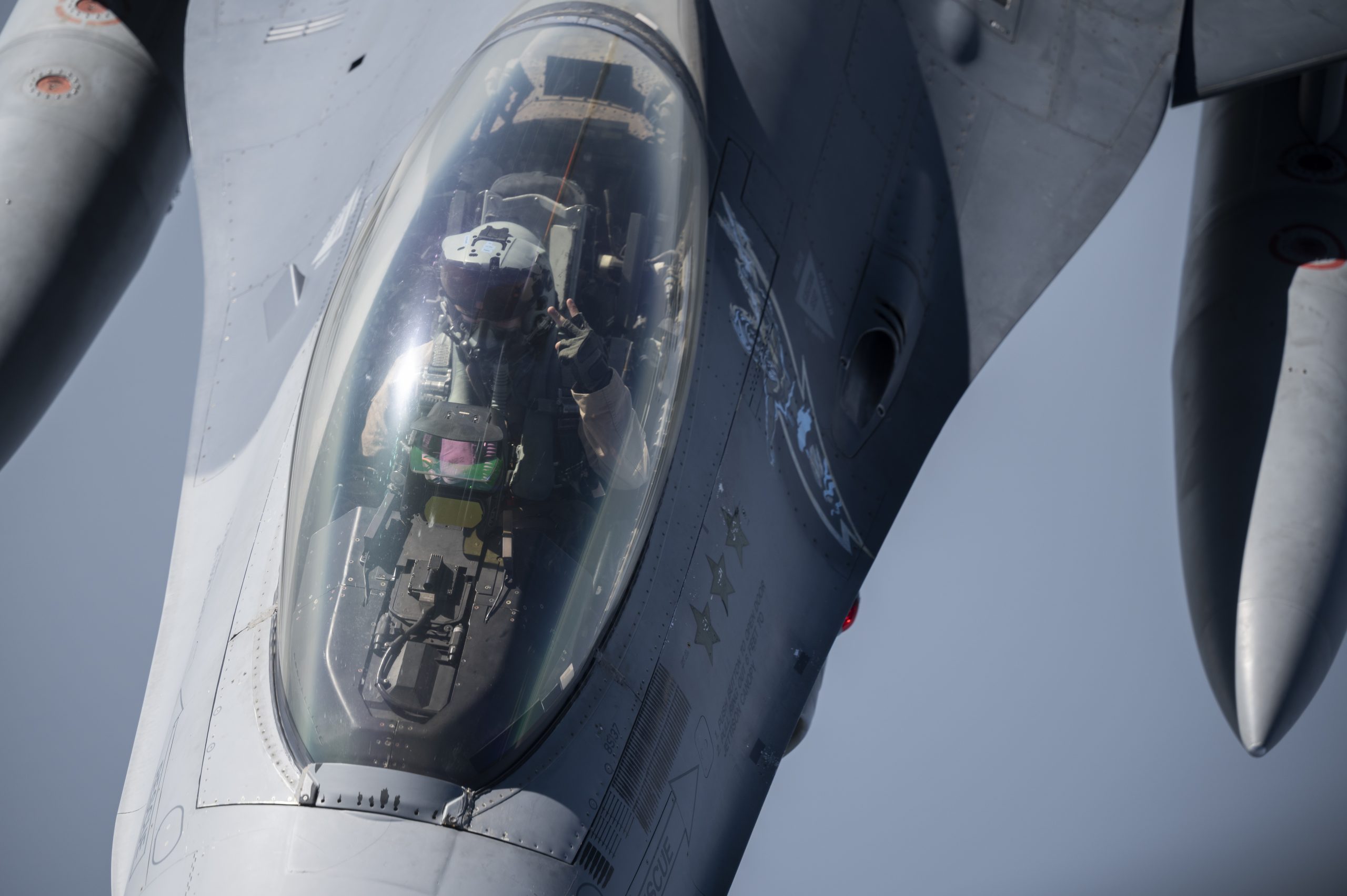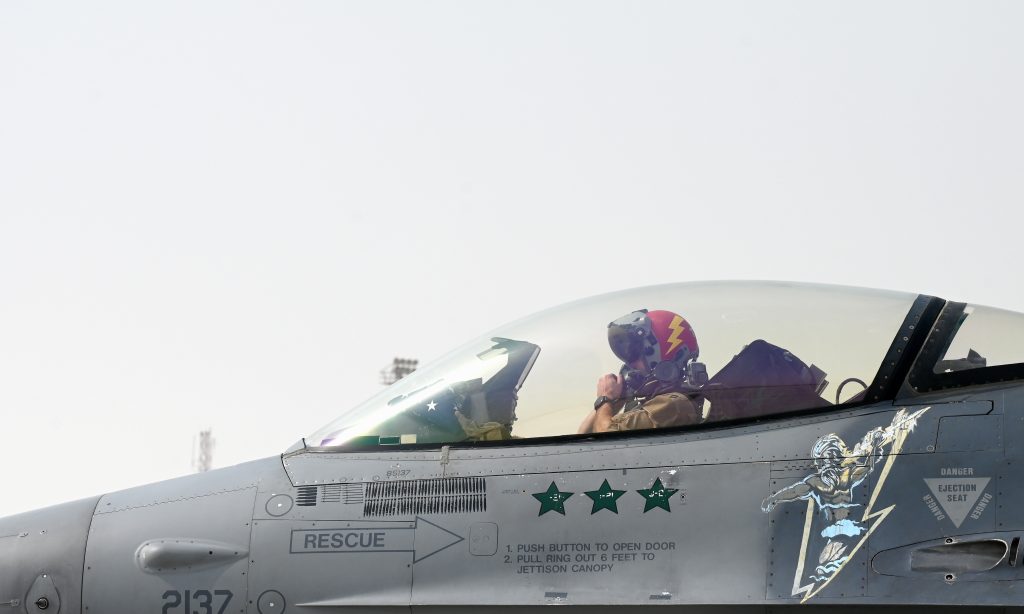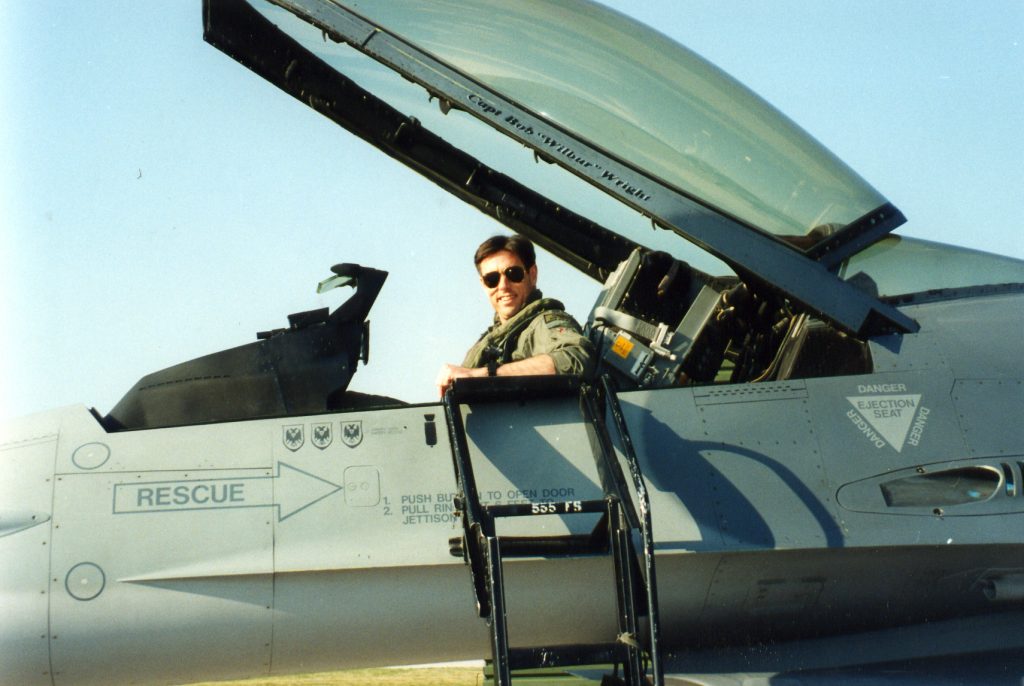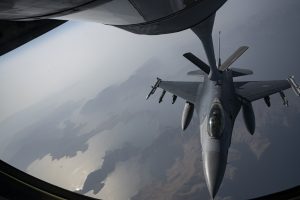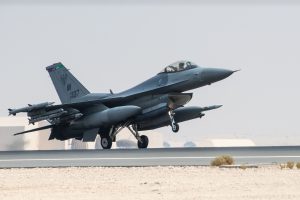The U.S., United Kingdom, and Australia agreed to “generate, operate, and sustain a fleet of interoperable E-7 aircraft,” according to a document signed by each countries’ air chiefs and released to Air & Space Forces Magazine.
The trio of air forces want to share costs, minimize duplicative efforts and differences in design, and “accelerate E-7 capability delivery,” a vital need as aging U.S. AWACS aircraft become fewer in number and harder to sustain.
The E-7 Wedgetail Joint Vision Statement, announced on July 17, was not immediately released to the public. But the full text of the agreement signed by Air Force Chief of Staff Gen. Charles Q. Brown Jr., Royal Air Force Chief of the Air Staff Air Chief Marshal Sir Rich Knighton, and Royal Australian Air Force Chief Air Marshal Robert Chipman was provided to Air & Space Forces Magazine July 25.
The statement does not formally commit the partners to specific plans or objectives, but it demonstrates how closely the three nations plan to work together to develop and deploy the next-generation airborne early warning and control aircraft.
Australia already has six E-7 Wedgetails, and both the U.S. and U.K. plan their own acquisitions. The RAF plans to buy three Wedgetails and reach initial operational capability in 2024; USAF projects a fleet of 26 aircraft, with first delivery in 2027.
Partnering should benefit everything from “capability development, evaluation and testing, interoperability, sustainment, operations, training, and safety.” Specifically, each air force has its own needs:
- RAF: Simplify the Wedgetail’s entry into service for the RAF
- USAF: Accelerate development, testing, and fielding
- RAAF: Accelerate upgrades
The partners will “engage in joint discussions to identify and develop future opportunities for cost sharing, minimize duplicative efforts, cooperate on technical maturation, enhance interoperability, accelerate E-7 capability delivery, and align sustainment where there is a shared need.”
Saving money is of prime concern to Britain. The U.K. Defence Committee in Parliament complained two weeks ago that the E-7 represents “extremely poor value.” After the RAF cut its planned buy from five to three Wedgetails, the service remained liable to pay for five Multi-role Electronically Scanned Array (MESA) radars, greatly reducing its savings. All told, the program’s projected cost is £1.89 billion ($2.5 billion), compared to the original plan of £2.1 billion ($2.7 billion).
The U.S., meanwhile, is most concerned about time. The Air Force is retiring its AWACS fleet quickly, potentially leaving a gap in intelligence, surveillance, and reconnaissance, and target indication. Air Force Secretary Frank Kendall met with U.K. Minister for the Armed Forces James Heappey in February, discussing ways to accelerate procurement and fielding. USAF’s unfunded priorities list included more than $600 million for advance procurement to speed up the process, and lawmakers in Congress have repeatedly pressed for faster procurement.
Reducing duplicative efforts could save money and time, and follows on previous suggestions that the countries share testing data. That’s one reason standardization across the fleets is important. The Joint Vision Statement states that the three countries “recognize a joint desire to maintain similar configurations.”
The partners also agreed to “leverage existing international cooperative agreements, or jointly develop new arrangements that further enable this vision.” While not mentioned by name, the so-called “AUKUS” defense technology-sharing agreement between the U.S., U.K., and Australia could be one such agreement that can be leveraged to further enhance E-7 cooperation.
